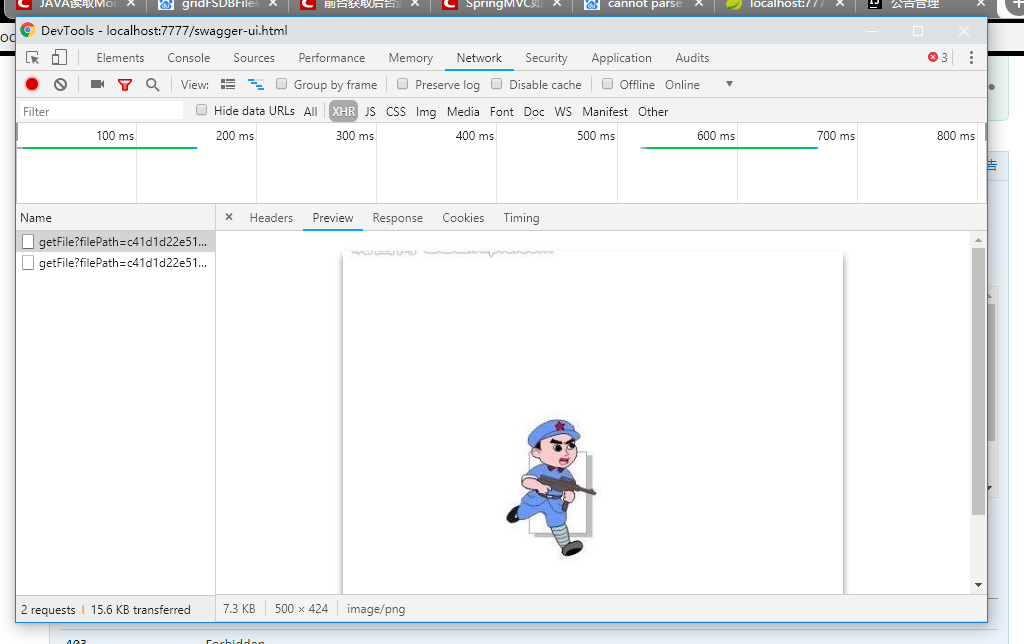可以将文章内容翻译成中文,广告屏蔽插件可能会导致该功能失效(如失效,请关闭广告屏蔽插件后再试):
问题:
This question already has an answer here:
-
What platforms have something other than 8-bit char?
12 answers
All the time I read sentences like
don\'t rely on 1 byte being 8 bit in size
use CHAR_BIT instead of 8 as a constant to convert between bits and bytes
et cetera. What real life systems are there today, where this holds true?
(I\'m not sure if there are differences between C and C++ regarding this, or if it\'s actually language agnostic. Please retag if neccessary.)
回答1:
On older machines, codes smaller than 8 bits were fairly common, but most of those have been dead and gone for years now.
C and C++ have mandated a minimum of 8 bits for char, at least as far back as the C89 standard. [Edit: For example, C90, §5.2.4.2.1 requires CHAR_BIT >= 8 and UCHAR_MAX >= 255. C89 uses a different section number (I believe that would be §2.2.4.2.1) but identical content]. They treat \"char\" and \"byte\" as essentially synonymous [Edit: for example, CHAR_BIT is described as: \"number of bits for the smallest object that is not a bitfield (byte)\".]
There are, however, current machines (mostly DSPs) where the smallest type is larger than 8 bits -- a minimum of 12, 14, or even 16 bits is fairly common. Windows CE does roughly the same: its smallest type (at least with Microsoft\'s compiler) is 16 bits. They do not, however, treat a char as 16 bits -- instead they take the (non-conforming) approach of simply not supporting a type named char at all.
回答2:
TODAY, in the world of C++ on x86 processors, it is pretty safe to rely on one byte being 8 bits. Processors where the word size is not a power of 2 (8, 16, 32, 64) are very uncommon.
IT WAS NOT ALWAYS SO.
The Control Data 6600 (and its brothers) Central Processor used a 60-bit word, and could only address a word at a time. In one sense, a \"byte\" on a CDC 6600 was 60 bits.
The DEC-10 byte pointer hardware worked with arbitrary-size bytes. The byte pointer included the byte size in bits. I don\'t remember whether bytes could span word boundaries; I think they couldn\'t, which meant that you\'d have a few waste bits per word if the byte size was not 3, 4, 9, or 18 bits. (The DEC-10 used a 36-bit word.)
回答3:
Unless you\'re writing code that could be useful on a DSP, you\'re completely entitled to assume bytes are 8 bits. All the world may not be a VAX (or an Intel), but all the world has to communicate, share data, establish common protocols, and so on. We live in the internet age built on protocols built on octets, and any C implementation where bytes are not octets is going to have a really hard time using those protocols.
It\'s also worth noting that both POSIX and Windows have (and mandate) 8-bit bytes. That covers 100% of interesting non-embedded machines, and these days a large portion of non-DSP embedded systems as well.
回答4:
From Wikipedia:
The size of a byte was at first
selected to be a multiple of existing
teletypewriter codes, particularly the
6-bit codes used by the U.S. Army
(Fieldata) and Navy. In 1963, to end
the use of incompatible teleprinter
codes by different branches of the
U.S. government, ASCII, a 7-bit code,
was adopted as a Federal Information
Processing Standard, making 6-bit
bytes commercially obsolete. In the
early 1960s, AT&T introduced digital
telephony first on long-distance trunk
lines. These used the 8-bit µ-law
encoding. This large investment
promised to reduce transmission costs
for 8-bit data. The use of 8-bit codes
for digital telephony also caused
8-bit data \"octets\" to be adopted as
the basic data unit of the early
Internet.
回答5:
As an average programmer on mainstream platforms, you do not need to worry too much about one byte not being 8 bit. However, I\'d still use the CHAR_BIT constant in my code and assert (or better static_assert) any locations where you rely on 8 bit bytes. That should put you on the safe side.
(I am not aware of any relevant platform where it doesn\'t hold true).
回答6:
Firstly, the number of bits in char does not formally depend on the \"system\" or on \"machine\", even though this dependency is usually implied by common sense. The number of bits in char depends only on the implementation (i.e. on the compiler). There\'s no problem implementing a compiler that will have more than 8 bits in char for any \"ordinary\" system or machine.
Secondly, there are several embedded platforms where sizeof(char) == sizeof(short) == sizeof(int) , each having 16 bits (I don\'t remember the exact names of these platforms). Also, the well-known Cray machines had similar properties with all these types having 32 bits in them.
回答7:
In history, there\'s existed a bunch of odd architectures that where not using native word sizes that where multiples of 8. If you ever come across any of these today, let me know.
- The first commerical CPU by Intel was the Intel 4004 (4-bit)
- PDP-8 (12-bit)
The size of the byte has historically
been hardware dependent and no
definitive standards exist that
mandate the size.
It might just be a good thing to keep in mind if your doing lots of embedded stuff.
回答8:
I do a lot of embedded and currently working on DSP code with CHAR_BIT of 16
回答9:
Adding one more as a reference, from Wikipedia entry on HP Saturn:
The Saturn architecture is nibble-based; that is, the core unit of data is 4 bits, which can hold one binary-coded decimal (BCD) digit.



